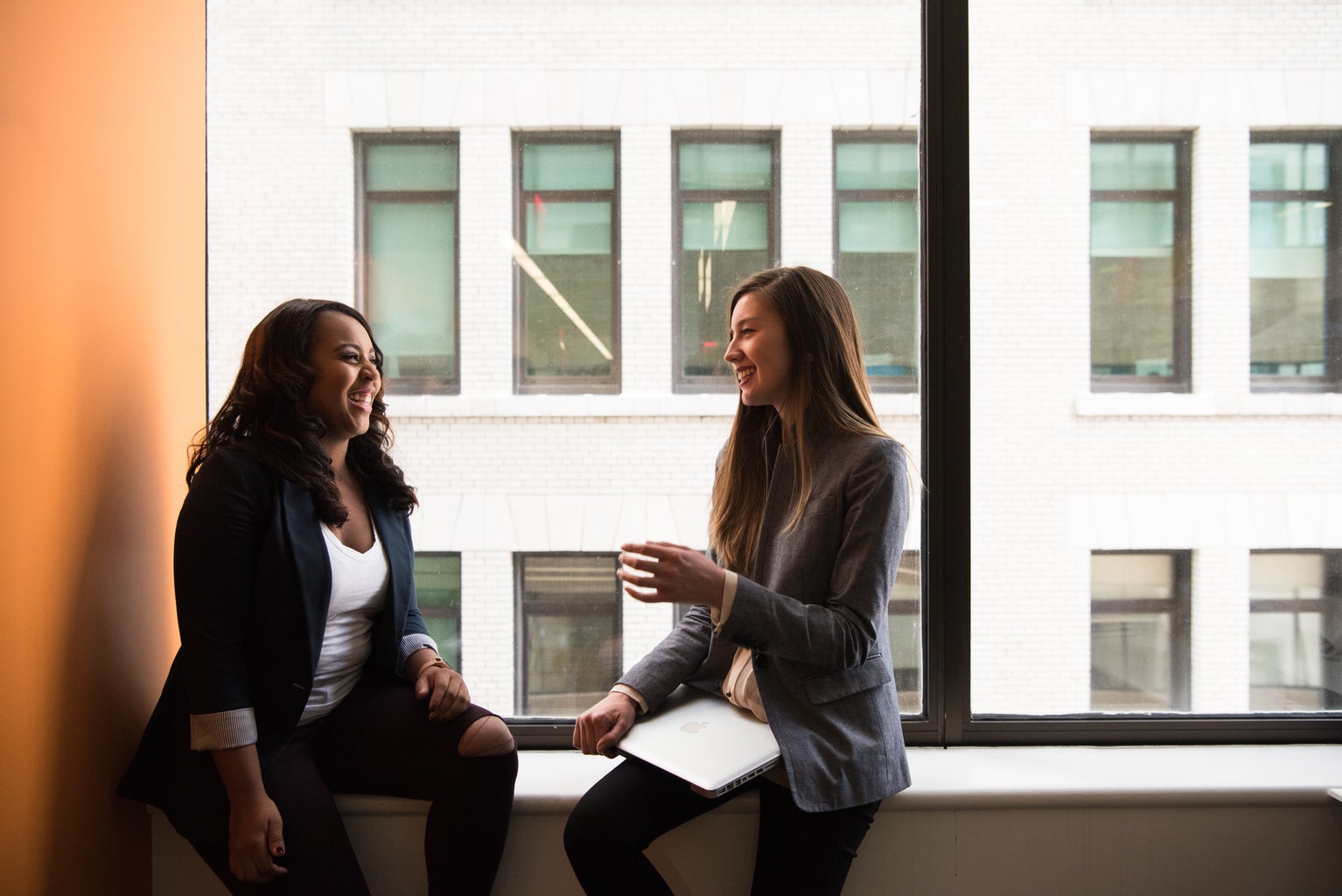I recently caught up on Zoey’s Extraordinary Playlist, and one episode in particular stood out to me. Zoey — a well-intentioned white woman — tries and fails to address racial inequality in her workplace. She holds a “town hall” among her co-workers as an opportunity to hear from the company’s non-white employees about their experiences in the industry, but the meeting quickly deteriorates into an echo chamber of white employees overtaking the conversation, leading the company’s handful of Black employees – frustrated by the lack of awareness – to disengage from the discussion. This got me thinking, how can I be a better ally? How can well-intentioned individuals make sure that they are actually adding to a conversation, rather than hijacking it?
This episode, six of the latest season, “Zoey’s Extraordinary Reckoning,” was a striking example of the very real ways in which conversations about race are frequently mishandled. Non-white viewers likely recognized the racial inequities that exist within workplaces and how unfair it is to constantly be asked to educate your peers. White viewers were confronted with what it means to be oblivious to the experiences of those around you while also lacking the initiative to learn how to better support your BIPOC colleagues and friends.
What became most apparent as the episode went on was that, despite being well-intentioned, many of the white characters did not take the time to truly listen to what their peers were saying. They were so focused on proving something about themselves that they were unable to sit in the discomfort of another person’s experience and consider things from a different perspective.
It shouldn’t take a television show to force society to hear from marginalized voices and to make space for everyone to have a seat at the table. With the mirror of media and social movements reflecting these realities, there’s no excuse to ignore discrimination.
Facing these issues starts with intentional listening and a desire to do better. Here are a few ways that active listening can help you become a better ally.
Understand What Active Listening Is, & How You Can Practice It

Dr. Emily Stone, founder of The Unstuck Group, says that active listening entails “hearing what someone says without trying to come up with an answer before they’re even finished.” Too often in conversations, we try to come up with a defense or justification for something without pausing to digest what the other person is saying. This can lead to jumping to conclusions or shutting down the conversation before it even begins. When you slow down, you’re better able to think before you speak.
Dr. Stone suggests using comments such as, “Did I hear you right?” and “Thank you for sharing that with me. It sounds like you are saying…” can facilitate a meaningful conversation. The act of paraphrasing and summarizing what you’ve heard back to someone lets that person know that you’re engaged and truly listening to what they have to say.
When it comes to withholding judgement while listening, Dr. Stone also says that it’s important to set aside your opinions in the moment. “Hold yourself accountable for inclinations to correct or challenge,” she recommends.
Taneasha White has covered the distinctions between intent and impact for Healthline, and recalls the importance of taking pause when an idea or belief is challenged. While emotions are a natural and informative part of conversations, White says they can also cloud the way decisions and responses are handled.
“[A] response that feels challenging to our intentions can definitely make us feel prickly,” White explains. “Acknowledge those feelings, pause and then do your best to reflect solely what you heard from the other party, and go from there.”
Being present for the person in front of you indicates that they’re being seen and heard.
Recognize Your Role & Turn Listening Into Action

“[Being an active listener] requires white people to challenge their own demographic and cultural power and discomfort,” explains Dr. Kimya Nuru Dennis, founder of 365 Diversity. Those with power majority statuses, such as white people as it pertains to race and boys and men as it pertains to gender, must go beyond “conceptual and theoretical support.” Rather than just attend an occasional protest or rely on a social media post to be sufficient, those within power majorities must be willing to take action on behalf of people not within those majorities, even when it risks relationships and professional opportunities.
Dr. Dennis, who prefers terms like “collaborator” and “consistent supporter” as opposed to “ally,” adds that when it comes to active listening, power majorities should understand that they are not saviors. Instead of immediately expecting non-power majority groups to provide direction, you should seek to first understand what these groups really desire.
“Pay attention [and] listen for the purpose of support and understanding,” says Dr. Dennis. “You can listen, self-reflect on whether you are guilty of doing the thing the underserved person is explaining and, after listening, determine if the underserved person only wants a listener or wants further action.”
It is important that active listening becomes a sustained practice for those wanting to be involved in racial and social justice beyond convenience. As Dr. Dennis notes, injustice exists at a deep-rooted level and must be countered with solutions that go beyond the surface.
Final Thoughts
At the conclusion of “Zoey’s Extraordinary Reckoning,” viewers watch as Zoey confronts her company’s CEO and demands that he do better. She recognizes her role in being part of the problem, and how things needed to start working differently from the top down. At the same time, more employees of color begin sharing their experiences at the company online.
Armed with stories that couldn’t be ignored, Simon, one of the handful of Black employees, confronts the company’s board of directors. He successfully convinces the board to begin investing in Black-owned startups and create equal representation in leadership positions by 2025. While Simon, Zoey, and their friends understand that these actions didn’t solve every issue, they do take time to celebrate the “small victories.”
The need to support marginalized groups is more critical now than ever — the past year has made that clear. While there remains a great deal of structural work to be done when it comes to combating systemic inequality, finding ways to better support people facing gender, racial and social injustice is work that we must all take on. Within our social circles and workplaces, we can actively listen to what different groups need most and allow that knowledge to guide our words and actions.
Experts
Taneasha White, Writer & Activist
Dr. Kimya Nuru Dennis, Activist & Researcher


